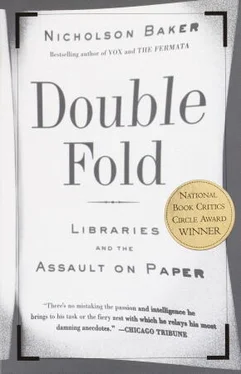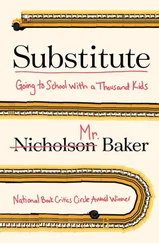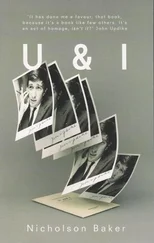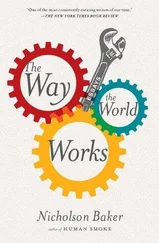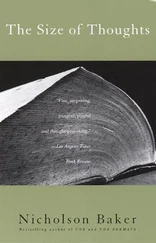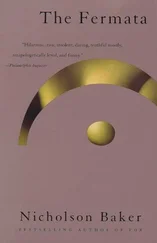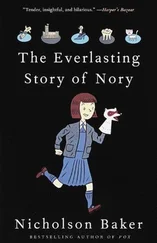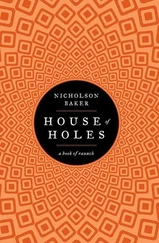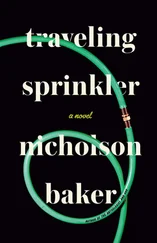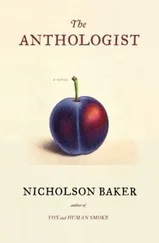Double Fold: Libraries and the Assault on Paper
CHAPTER 1. Overseas Disposal
The British Library’s newspaper collection occupies several buildings in Colindale, north of London, near a former Royal Air Force base that is now a museum of aviation. On October 20, 1940, a German airplane — possibly mistaking the library complex for an aircraft-manufacturing plant — dropped a bomb on it. Ten thousand volumes 1of Irish and English papers were destroyed; fifteen thousand more were damaged. Unscathed, however, was a very large foreign-newspaper collection, including many American titles: thousands of fifteen-pound brick-thick folios bound in marbled boards, their pages stamped in red with the British Museum’s crown-and-lion symbol of curatorial responsibility.
Bombs spared the American papers, but recent managerial policy has not — most were sold off in a blind auction in the fall of 1999. One of the library’s treasures was a seventy-year run, in about eight hundred volumes, of Joseph Pulitzer’s exuberantly polychromatic newspaper, the New York World. Pulitzer discovered that illustrations 2sold the news; in the 1890s, he began printing four-color Sunday supplements and splash-panel cartoons. The more maps, murder-scene diagrams, ultra-wide front-page political cartoons, fashion sketches, needlepoint patterns, children’s puzzles, and comics that Pulitzer published, the higher the World ’s sales climbed; by the mid-nineties, its circulation was the largest of any paper in the country. William Randolph Hearst moved to New York in 1895 and copied Pulitzer’s innovations and poached his staff, and the war between the two men created modern privacy-probing, muckraking, glamour-smitten journalism. A million people a day once read Pulitzer’s World; now an original set is a good deal rarer than a Shakespeare First Folio or the Gutenberg Bible.
Besides the World, the British Library also possessed one of the last sweeping runs of the sumptuous Chicago Tribune —about 1,300 volumes, reaching from 1888 to 1958, complete with bonus four-color art supplements on heavy stock from the 1890s (“This Paper is Not Complete Without the Color Illustration” says the box on the masthead); extravagant layouts of illustrated fiction; elaborately hand-lettered ornamental headlines; and decades of page-one political cartoons by John T. McCutcheon. The British Library owned, as well, an enormous set of the San Francisco Chronicle (one of perhaps two that are left, the second owned by the Chronicle Publishing Company itself and inaccessible to scholars), which in its heyday was filled with gorgeously drippy art-nouveau graphics. And the library owned a monster accumulation of what one could argue is the best newspaper in U.S. history, the New York Herald Tribune, along with its two tributaries, Horace Greeley’s anti-slavery Tribune and James Gordon Bennett’s initially pro-slavery Herald. The Herald Tribune set carries all the way through to 1966, when the paper itself died — it, too, may be the last surviving long run anywhere. And there was a goodly stretch of The New York Times on the British Library’s shelves (1915 through 1958), with Al Hirschfeld drawings and hundreds of luminously fine-grained, sepia-tinted “Rotogravure Picture Sections” bound in place.
All these newspapers have been very well cared for over the years — the volumes I was allowed to examine in September 1999 were in lovely shape. The pictorial sections, but for their unfamiliar turn-of-the-century artwork, looked and felt as if they had peeled off a Hoe cylinder press day before yesterday.
But then, wood-pulp newspapers of fifty and a hundred years ago are, contrary to incessant library propaganda, often surprisingly well preserved. Everyone knows that newsprint, if left in the sun, quickly turns yellow and brittle (a connective wood ingredient called lignin, which newsprint contains in abundance, reacts with sunlight), but rolls of microfilm — and floppies and DVDs — don’t do well in the sun, either; so far, many of the old volumes seem to be doing a better job of holding their original images than the miniature plastic reproductions of them that libraries have seen fit to put in their places over the years. Binding is very important. The stitching together of fifteen (or thirty or sixty) single issues of a paper into one large, heavy book does much to keep the sheets sound; the margins often become brown and flaky, since moist, warm air reacts with the acidic compounds in the paper and weakens it, and the binding glues can stop working; but a little deeper inside the flatland of the tightly closed folio, the sheer weight of the text-block squeezes out most of the air. The effect is roughly equivalent to vacuum-sealing the inner expanses of the pages: the paper suffers much less impairment as a result.
Many librarians, however, have managed to convince themselves, and us, that if a newspaper was printed after 1870 or so, it will inevitably self-destruct or “turn to dust” any minute, soon, in a matter of a few years—1870 being the all-important date after which, in American newsprint mills, papermaking pulps consisting of cooked rags gradually began to give way to pulps made of stone-ground wood. But “soon” is a meaningless word in the context of a substance with a life as long as that of the printed page — indeed, it is a word that allows for all sorts of abuses. Early on, fledgling microfilm companies fed the fear of impermanence with confident mispredictions. Charles Z. Case, an executive at Recordak, Kodak’s microfilm subsidiary, wrote in 1936: “Since the adoption 3of wood-sulphite paper for newspaper printing, a newspaper file has had a life of from 5 to 40 years depending on the quality of the paper, the conditions of storage, and the degree of use.” Had Case’s forecast held true, the volume of the Chicago Tribune for July 1911 that lies open before me as I type (to an influenza-inspired illustrated section on “A New Theory of Baby Rearing”) would have expired at least half a century ago. Thomas Martin, chief of the manuscript division of the Library of Congress in the thirties, agreed with the Recordak salesman: “Old wood-pulp files 4which have only a few years’ duration remaining in them should be photographed on film as soon as satisfactory results can be obtained. In such cases we really have no choice but to make or take film copies, the original will soon crumble into dust.”
But the originals didn’t crumble into dust. Keyes Metcalf, a microfilm pioneer and the director of the libraries at Harvard, in 1941 predicted that the “total space requirements” 5of research libraries “will be reduced by paper disintegration.” Then five, ten, twenty years went by, and the paper — even the supposedly ephemeral newsprint — was still there. So librarians began getting rid of it anyway. If you destroy the physical evidence, nobody will know how skewed your predictions were.
Vilified though it may be, ground-wood pulp is one of the great inventions of the late nineteenth century: it gave us cheap paper, and cheap paper transformed the news. “All that it is necessary 6for a man to do on going into a paper-mill is to take off his shirt, hand it to the devil who officiates at one extremity, and have it come out ‘Robinson Crusoe’ at the other,” wrote the founder of the New York Sun in 1837. But there were never enough shirts, and in 1854 rag shortages lifted the price of newsprint to alarming heights. The arrival of the brothers Pagenstecher, who in the eighteen-sixties imported a German machine that shredded logs to pulp by jamming their ends against a circular, water-cooled grinding stone, brought prices way down 7—from twelve cents a pound in 1870, to seven cents a pound in 1880, to less than two cents a pound in 1900. The drop gave Pulitzer and Hearst the plentiful page space to sell big ads, and allowed their creations to flower into the gaudy painted ladies they had become by the first decade of the twentieth century.
Читать дальше
